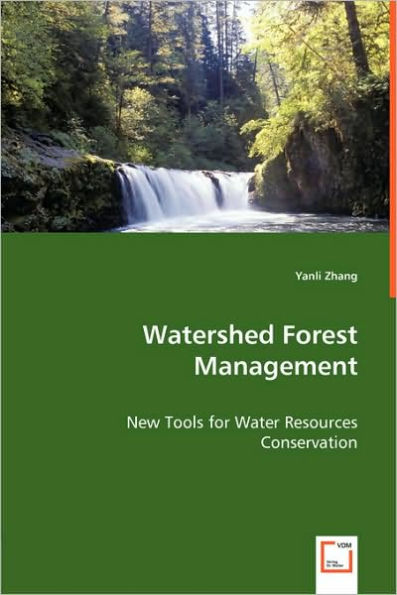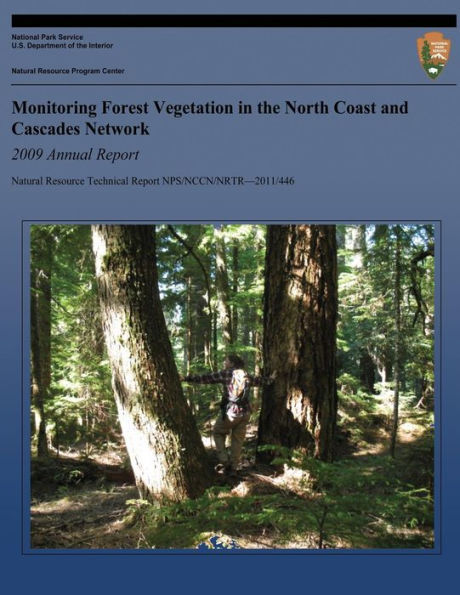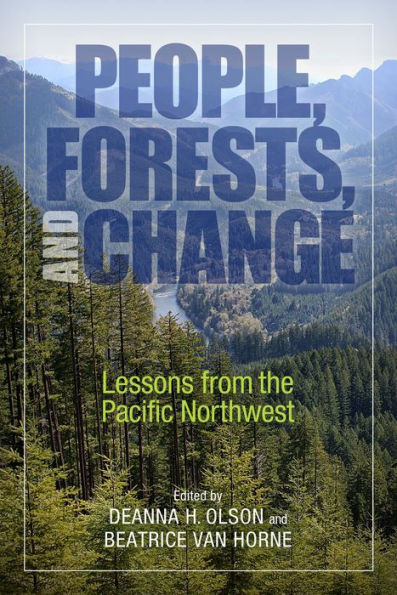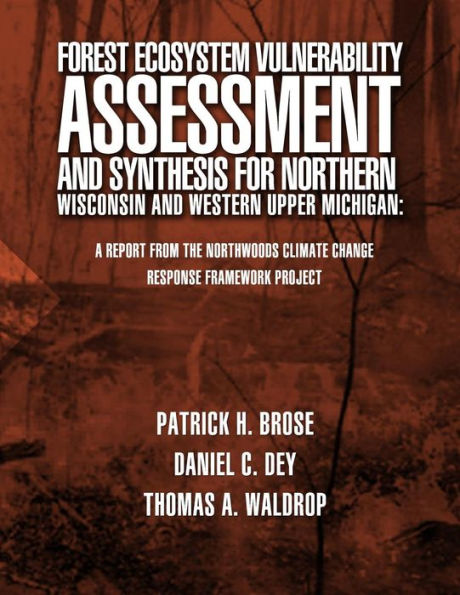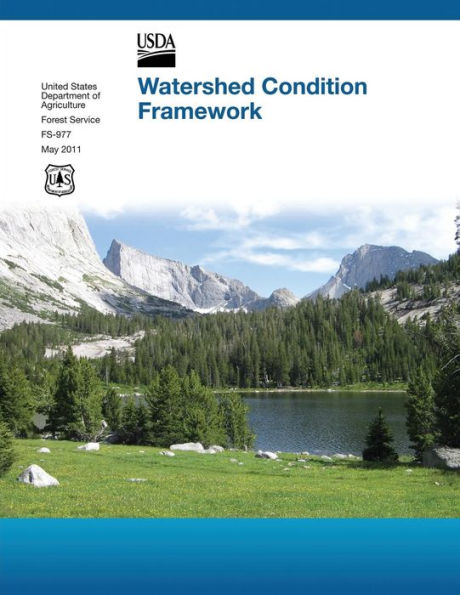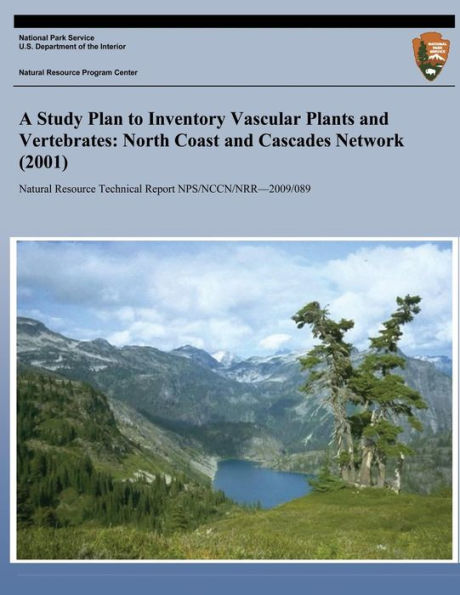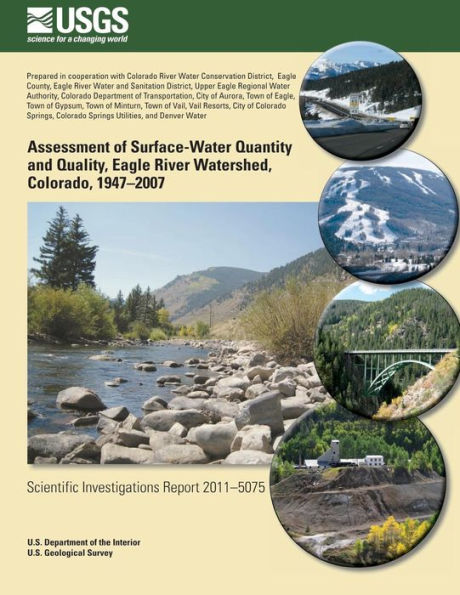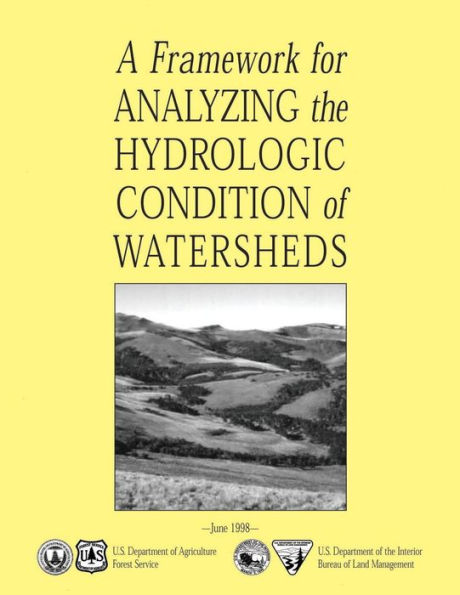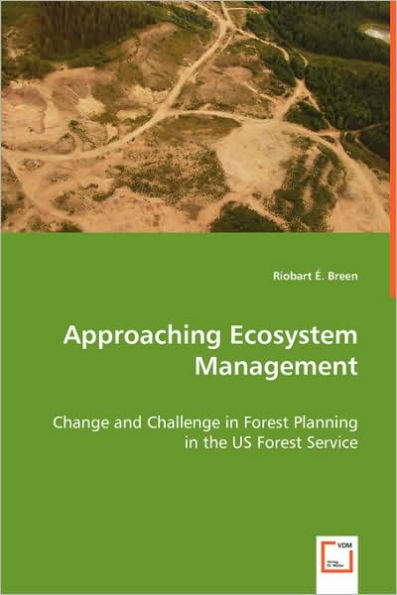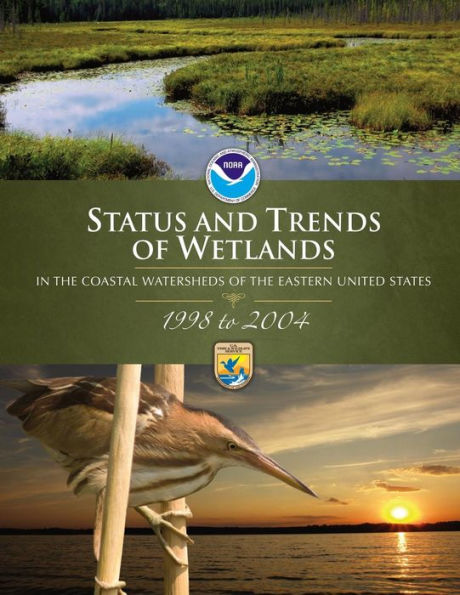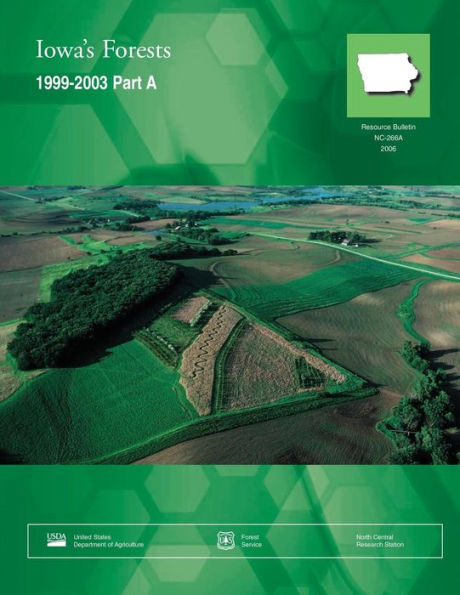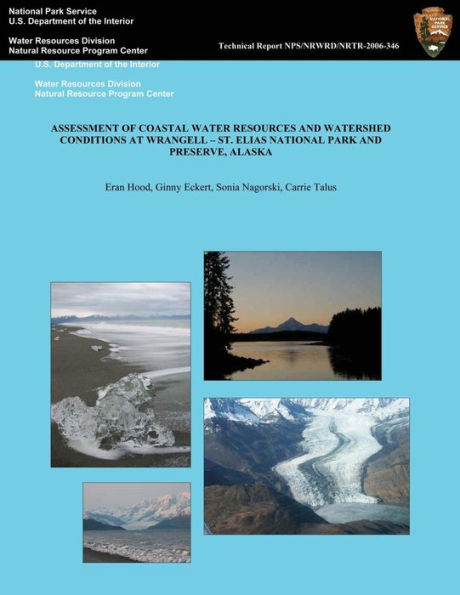Home
Northwest Forest Plan?the First 10 Years (1994?2003): Preliminary Assessment of the Condition of Watersheds


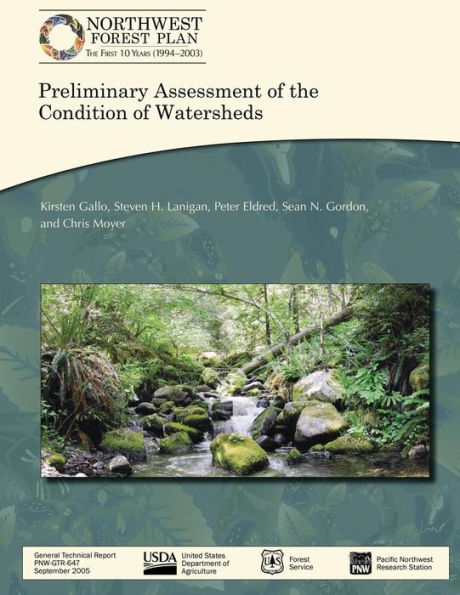
Northwest Forest Plan?the First 10 Years (1994?2003): Preliminary Assessment of the Condition of Watersheds
Current price: $16.99
Loading Inventory...
Size: OS
We aggregated road, vegetation, and inchannel data to assess the condition of sixth-field watersheds and describe the distribution of the condition of watersheds in the Northwest Forest Plan (the Plan) area. The assessment is based on 250 watersheds selected at random within the Plan area. The distributions of conditions are presented for watersheds and for many of the attributes that contribute to the condition of watersheds by land use allocation. Under the Plan, management activities were implemented in a way to promote positive changes in the condition of watersheds. This assessment revealed that the growth rate of trees (2 to 4 percent) exceeded losses (1.6 percent owing to stand-replacing fire and harvest), and nine times more roads were decommissioned than were constructed. Fifty-seven percent of the watersheds had higher condition scores in time 2 (1998-2003) than in time 1 (1990-96) across the entire Plan area. Only 3 percent of the watersheds had lower condition scores in time 2, and the scores did not change in the remainder of the watersheds. More key watersheds, which were given the highest priority for restoration activities, increased in condition than non-key watersheds. The greatest positive change in watershed condition occurred in late-successional reserves.
